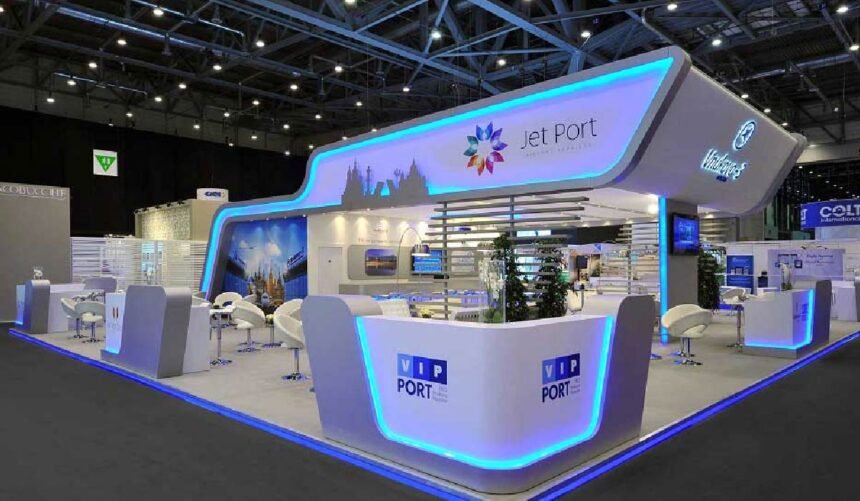Creating a custom exhibit that captivates audiences and drives business results requires more than creative inspiration. It demands a structured, strategic process that transforms abstract ideas into tangible experiences. Understanding each phase of the custom trade show exhibit design journey helps brands maximize their trade show investment and avoid costly mistakes that can derail even the most promising concepts.
Initial Consultation and Trade Show Goals Discovery
The custom exhibit design process begins with a comprehensive discovery session where designers work closely with clients to understand their objectives, target audience, and brand identity. This critical phase establishes the foundation for every decision that follows. What are the key messages that need to be communicated? How many products will be showcased? What is the expected booth traffic? These questions, along with Budget Parameters And Timeline Constraints, Shape The Project’s Scope And Set Realistic Expectations For Deliverables.
Conceptual Design And 3d Visualization Rendering
Armed with insights from the discovery phase, designers translate strategic goals into visual concepts. This stage involves creating detailed 3D renderings that allow clients to virtually walk through their exhibit before a single component is built. These digital mockups showcase layout configurations, traffic flow patterns, branding placement, and technology integration points. Clients can experiment with different color schemes, Materials, And Structural Elements, Making Revisions Far Easier And More Cost-Effective Than Changes During Fabrication.
Engineering And Exhibit Fabrication Planning
Once the design receives approval, the project moves into the technical phase, where creative vision meets structural reality. Engineers assess load-bearing requirements, electrical needs, and compliance with show regulations. Material selections are finalized based on durability, weight, and aesthetic requirements. Detailed construction drawings are produced, specifying exact measurements, assembly sequences, and installation procedures. This meticulous planning ensures the exhibit can be built to specification, transported safely, and assembled efficiently on the show floor.
Custom Booth Construction And Quality Control
The fabrication phase brings designs to life through skilled craftsmanship and precision manufacturing. Carpenters, metal workers, graphic production specialists, and technology integrators collaborate to build each component. Throughout construction, quality control checkpoints verify that workmanship meets standards and materials match specifications. Many fabricators conduct a complete pre-show assembly at their facility, identifying and resolving any issues before the exhibit reaches the convention center.
Logistics Coordination And Shipping Management
Moving a custom exhibit from the fabrication facility to the show floor involves complex logistics coordination. Crating specifications must protect delicate components during transit while complying with freight regulations. Shipping schedules are coordinated with show move-in times, and all necessary documentation, including material handling orders and certificates of insurance, must be prepared. Experienced project managers track shipments and maintain communication with the show services contractors to ensure seamless delivery.
On-Site Installation And Trade Show Setup Services
Installation day transforms crated components into a fully realized exhibit. Professional installation crews follow detailed plans to assemble structures, install graphics, configure technology systems, and arrange furnishings. Electricians connect power and lighting while AV technicians test interactive displays and presentation equipment. The project manager conducts a final walkthrough with the client, addressing any last-minute adjustments and ensuring every element functions perfectly before the show opens.
After the show concludes, the process reverses as the trade show exhibit company crews dismantle the exhibit, inventory components, and prepare everything for return shipping or storage. Proper post-show handling protects the investment, allowing the exhibit to be refurbished and reused for future events.







